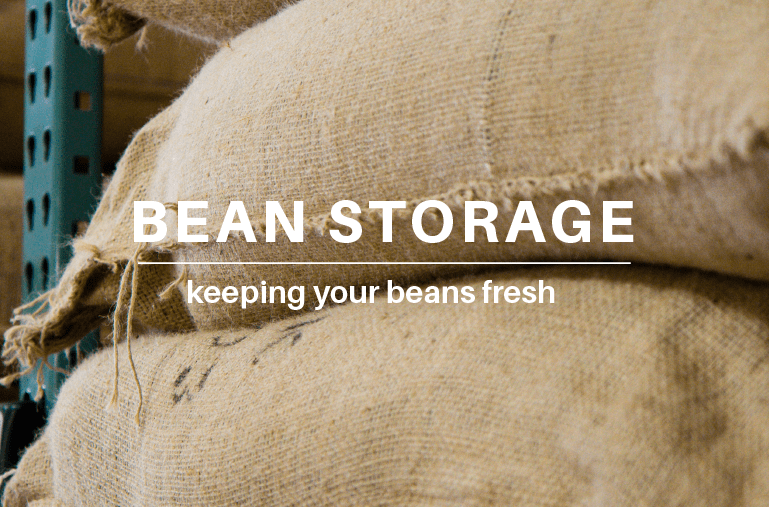FOR THE LOVE OF GOOD FLAVOUR
In celebration of our love for coffee, we thought we’d dive deeper into the FLAVOUR of Coffee!
Coffee, the delicious aromatic beverage that stimulates our senses and awakens us; but why does it taste so amazing? Coffee is one of the most complex beverages in the world.
Compared to wine, which has 300-400 complex chemical compounds, coffee is 5 times more complex with around 1500-2000 chemical compounds.
There are many elements that contribute towards it’s flavour attributes of sweet, salt, bitter and sour. These elements can include the varietal (species of coffee), the roast profile, the altitude it was grown at, the fineness or coarseness of the grind, the brewing method… with the perception of flavour coming down to individual tastes and reactions of the complex chemical compounds found within the beans both before roasting and after roasting. If you want to know more about where coffee comes from, read my blog here.
The Science of Flavour
There’s a world of science behind coffee towards the flavour that we all experience! From the chemical reaction that leads to flavour, and the aromatic experience we all experience differently. Aroma is perceived by either smelling the coffee or through tasting the coffee which can be experienced whilst present in the mouth, or once it has been swallowed and the aromatic volatile compounds drift upward towards the nasal passage.

So, let’s put our science hats on and investigate the experience of FLAVOUR.
Flavour and all that it is that you are smelling and tasting is a combination of complex chemical compounds that influence the experience of coffee from the initial aromatic smell to the acidity and body, right through to the aftertaste. These experiences are associated with the different stages and different molecules found in coffee.
As a home barista, you know that coffee beans undergo a number of processes before it’s ready to be brewed. One of the essential processes – roasting, causes the essential chemical reaction that delivers us coffees wonderful aromatic flavour, this reaction is known as the Maillard Reaction.
The Maillard reaction is the all-important flavour-producing reaction, and it occurs in nearly every type of food when it is cooked and a brownish tint occurs. The reaction causes sugars and amino acids present in the food to produce distinctly different aromas! Hence, when coffee beans go from raw to roasted, the look, smell and taste dramatically change as the simple sugars turn brown and change in flavour.
Our beloved coffee with the most splendid Maillard reaction allures us with its flavour which as you know is a result of its compounds; such compounds include non-volatile and volatile compounds.
Non-Volatile Compounds
The key non-volatile compounds include caffeine, trigonelline, chlorogenic acids, organic acids, polysaccharides, melanoidins and lipids to name a few.
Caffeine contributes to the strength and body of the brew,
Trigonelline is the component we can all thank for that delicious aromatic experience,
Chlorogenic acids are accountable for the bitterness and astringency of the coffee,
Organic acids contribute to the sweetness of the coffee,
Polysaccharides (a form of carbohydrates), play an integral role in the volatile compounds found in coffee, and when thinking around flavour this element is largely responsible for the viscosity (thickness of the liquid) of the beverage, and of course being a form of carbohydrate this element is also an influencer of sweetness.
Melanoidins, the compounds responsible for the Maillard reaction; melanoidins influence the colour of the roast and are largely related to quality.
Lipids, actually one of our favourite compounds, contribute to the texture of the coffee and creates what’s known as the crema, pre-roasting the lipids (known as oils) are found buried within the bean however during the roasting stage these oils travel to the surface.
Volatile Compounds:
Volatile compounds, the essential factor of coffee quality. The volatile compounds are characterised by varietal, process and geographical origin. There are over a thousand different types of volatile compounds that can be found in the aromatic experience of coffee once roasted. The experience of the volatile compounds is largely based on the concentration of the compound and its odour threshold.
A small proportion of these (around 30 to 40) are the main contributors to the aromatic flavour of coffee. Such main volatile compounds include carbonyl, sulfur alicyclic aromatic benzenoid and heterocyclic compounds, the aroma from the different volatile compounds arise during roasting with lipids (making up 6-10% of the coffee bean) carrying the most flavour.
Describing Flavour
As you now know, when we experience coffee we’re experiencing a complex blend of flavours, which produce a sensory experience.
Differentiating flavours and determining coffee preference is a common hurdle that all coffee consumers face. Firstly, you need to start with the broad aromatic smells and tastes.
Aromatic descriptors can include herbal, floral, nutty, where taste can include bitterness, sweetness, saltiness and sourness.
To help you in your journey of describing your coffee experience, have a look at the taste and aroma wheel below. Start at the centre of the wheel where the broad descriptors are and work your way outwards.

Photo Credit: SCA – Specialty Coffee Association
Roasting, as you know changes the aromatic and flavour profile of the coffee with lighter roasts often revealing sweeter herb and fruit notes, and heavier roasts revealing a more bitter taste with smoky, burnt aromas. Looking at the colour wheel you can start to get an idea of the complexity and nature that is aroma and taste.
Flavour & You
Importantly, after considering the science behind the flavour, and the ability to describe your experience it is crucial to know that when it comes to the perfectly made coffee, individual tastes and preferences ultimately decide on whether the coffee you’re drinking is the perfect balance for you.
Happy International Coffee Day, from one coffee lover to another!



